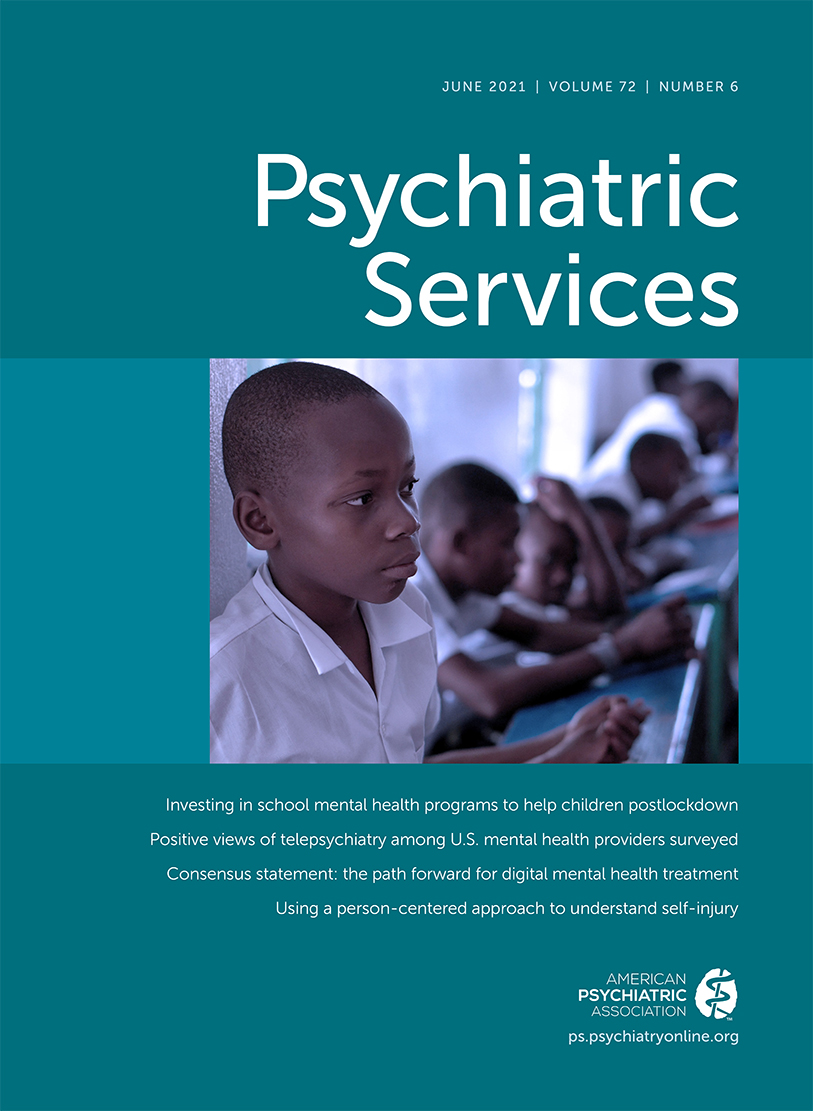Rapid Telepsychiatry Implementation During COVID-19: Increased Attendance at the Largest Health System in the United States
Abstract
Objective:
This study aimed to examine differences in completion rates between telepsychiatry and in-person visits during the COVID-19 pandemic and a prior reference period.
Methods:
The authors used electronic medical record data along with chi-squared or t tests to compare patients’ demographic characteristics. Generalized estimating equations for estimating the odds of primary and secondary outcomes were used, controlling for demographic characteristics.
Results:
During COVID-19, the odds of completing a telepsychiatry visit (N=26,715) were 6.68 times the odds of completing an in-person visit (N=11,094). The odds of completing a telepsychiatry visit during COVID-19 were 3.00 times the odds of completing an in-person visit during the pre–COVID-19 reference period (N=40,318).
Conclusions:
In this cross-sectional study, outpatient adult mental health clinic telepsychiatry appointments, largely by telephone, were strongly associated with a higher rate of visit completion compared with in-person visits during and prior to the COVID-19 pandemic. Regulators should consider permanently enabling reimbursement for telephone-only telepsychiatry visits.



